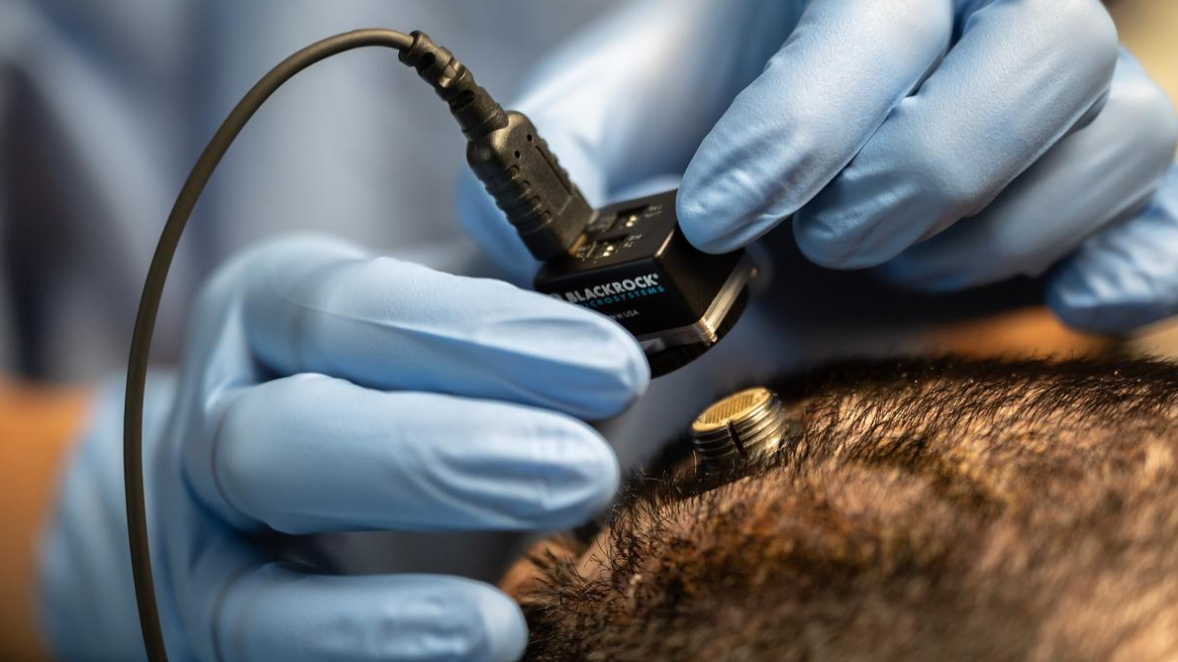



DNA fingerprinting identifies individuals using unique genetic markers, crucial for forensics, paternity tests, and disaster victim identification. Scientists analyze Short Tandem Repeats (STRs) and amplify DNA using Polymerase Chain Reaction (PCR). DNA’s stability enables analysis of ancient remains, making it invaluable for historical research and criminal investigations.

Copyright infringement not intended
DNA analysis, combined with technologies like PCR, capillary electrophoresis, and fingerprinting, is essential for biological identification.
It is a technique to identify individuals based on their unique genetic makeup.
Experts use this method in criminal investigations, disaster victim identification, paternity testing, and even organ donation matching.
Its significance lies in its precision—no two individuals (except monozygotic twins) have the same DNA fingerprint.
DNA, or deoxyribonucleic acid, is the molecule that carries the genetic instructions for life. Each cell in Human body—whether in skin, blood, teeth, or bones—contains 46 DNA molecules. Half of these come from father, and the other half from mother. These DNA molecules are packed into structures called chromosomes.
For example, chromosome no. 3 contains about 6.5% of the total DNA in a cell. While most of the DNA from parents is similar, there are small differences called polymorphisms. These polymorphisms are key to DNA fingerprinting because they allow us to differentiate one person from another.
STRs are specific regions of DNA where a short sequence of base pairs repeats multiple times. The number of repeats varies between individuals, making STRs highly polymorphic.
Scientists focus on these regions because unrelated individuals almost always have different numbers of repeats in their STRs.
By analyzing multiple STR regions, scientists can create a unique profile—a DNA fingerprint—for each individual.
Scientists use a process called Polymerase Chain Reaction, or PCR, to amplify specific segments of DNA.
This three-step process, called a cycle, doubles the amount of DNA each time. After about 30 cycles, millions of copies of the target DNA are ready for analysis.
|
DNA is stable under the right conditions. Scientists have successfully extracted nearly intact DNA from human remains dating back 65,000 years, preserved by desiccation or cold environments. This stability makes DNA fingerprinting a powerful tool for studying ancient populations and solving historical mysteries. |
Source:
|
PRACTICE QUESTION Q. Why are several polymorphic loci used in DNA fingerprinting? A) It decreases the amount of time and cost involved in the analysis. B) It raises the chances of obtaining similar matches between unrelated individuals. C) It increases individual accuracy and dependability of identification through the more distinct DNA profile. D) It makes it easier to interpret the resulting banding patterns or electropherograms. Answer: C Explanation: Polymorphic loci (different STR markers) used in DNA fingerprinting because each locus has a high degree of variability in the number of repeats among individuals. By analyzing multiple such highly variable regions, we significantly reduce the probability of two unrelated individuals having the same DNA profile by chance. |






© 2025 iasgyan. All right reserved